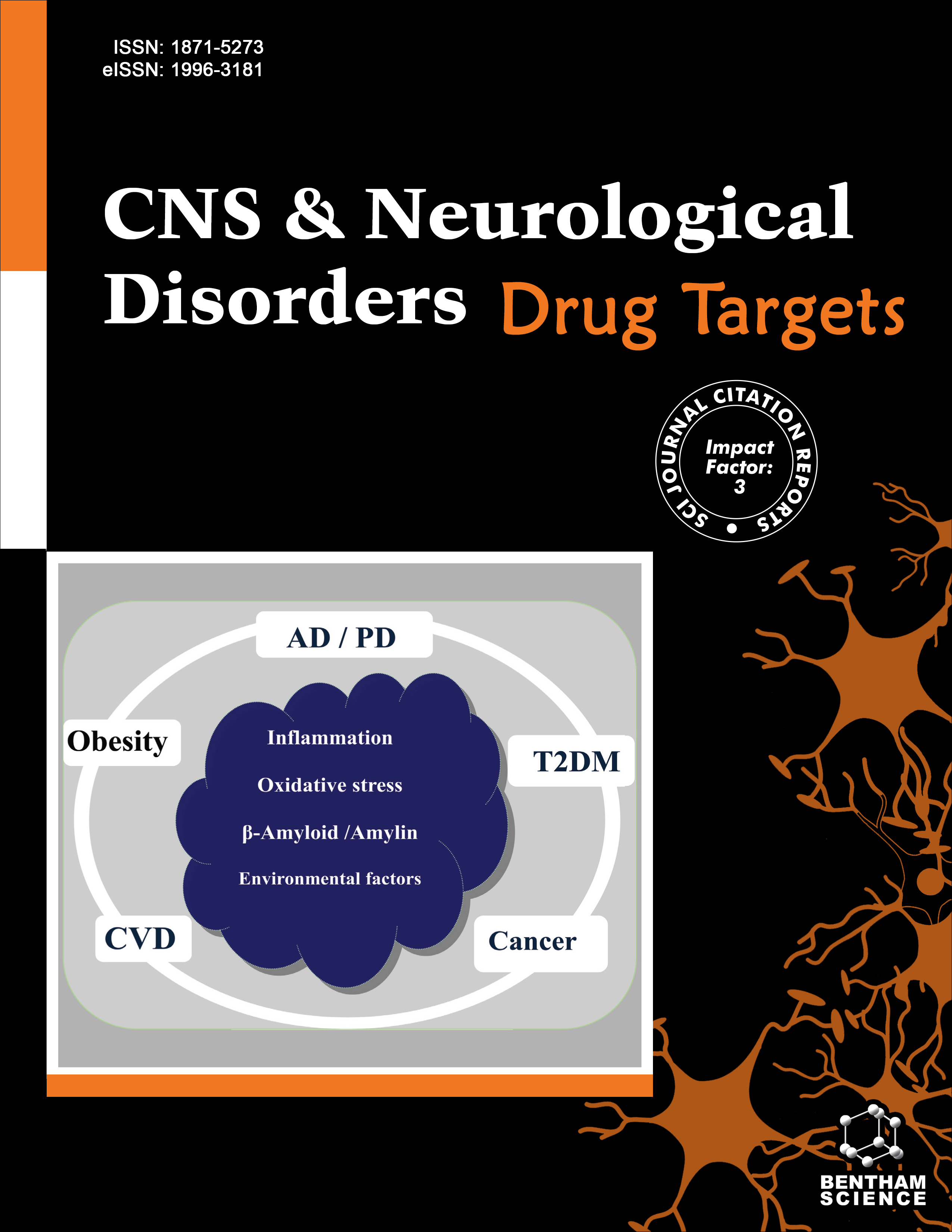
Full text loading...
This study explores the complex link between vitamin D and neurological illnesses, focusing on how vitamin D affects possible risk factors, therapeutic applications, and the trajectory of the disease. An epidemiological study has linked vitamin D insufficiency to several neurological conditions, including Parkinson's disease, Alzheimer's disease, and multiple sclerosis. It is hypothesized that immunomodulatory and anti-inflammatory properties of vitamin D contribute to its neuroprotective effects. Two major mechanisms in dementia include neuroinflammation and oxidative stress. Adequate levels of vitamin D have been shown in both animal models and human studies to enhance both clinical outcomes and the duration of illness in those who have it. Other ways that vitamin D contributes to its therapeutic potential include the production of neurotrophic factors, control over neurotransmitter synthesis, and preservation of the blood-brain barrier. Despite the encouraging outcomes, research is still being conducted to determine the optimal dosage and long-term benefits of vitamin D supplementation on brain function. In order to furnish precise directives and clarify the processes behind the neuroprotective impacts of vitamin D, future research must focus on large-scale randomized controlled studies. . This study highlights the significance of maintaining adequate levels of vitamin D as a modifiable risk factor for neurological disorders. Further study is also required to comprehend the possible medical benefits of this vitamin fully.

Article metrics loading...

Full text loading...
References


Data & Media loading...

